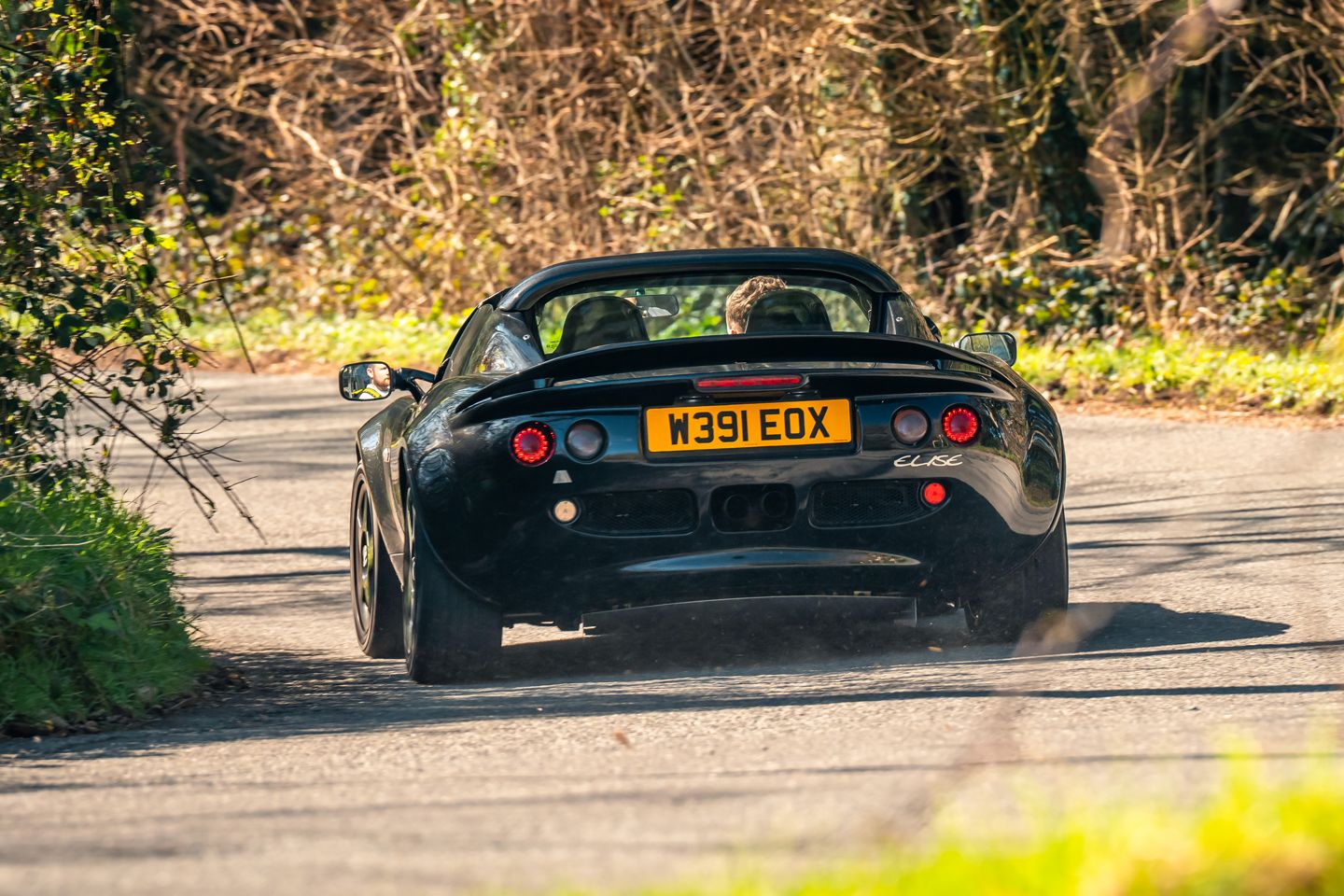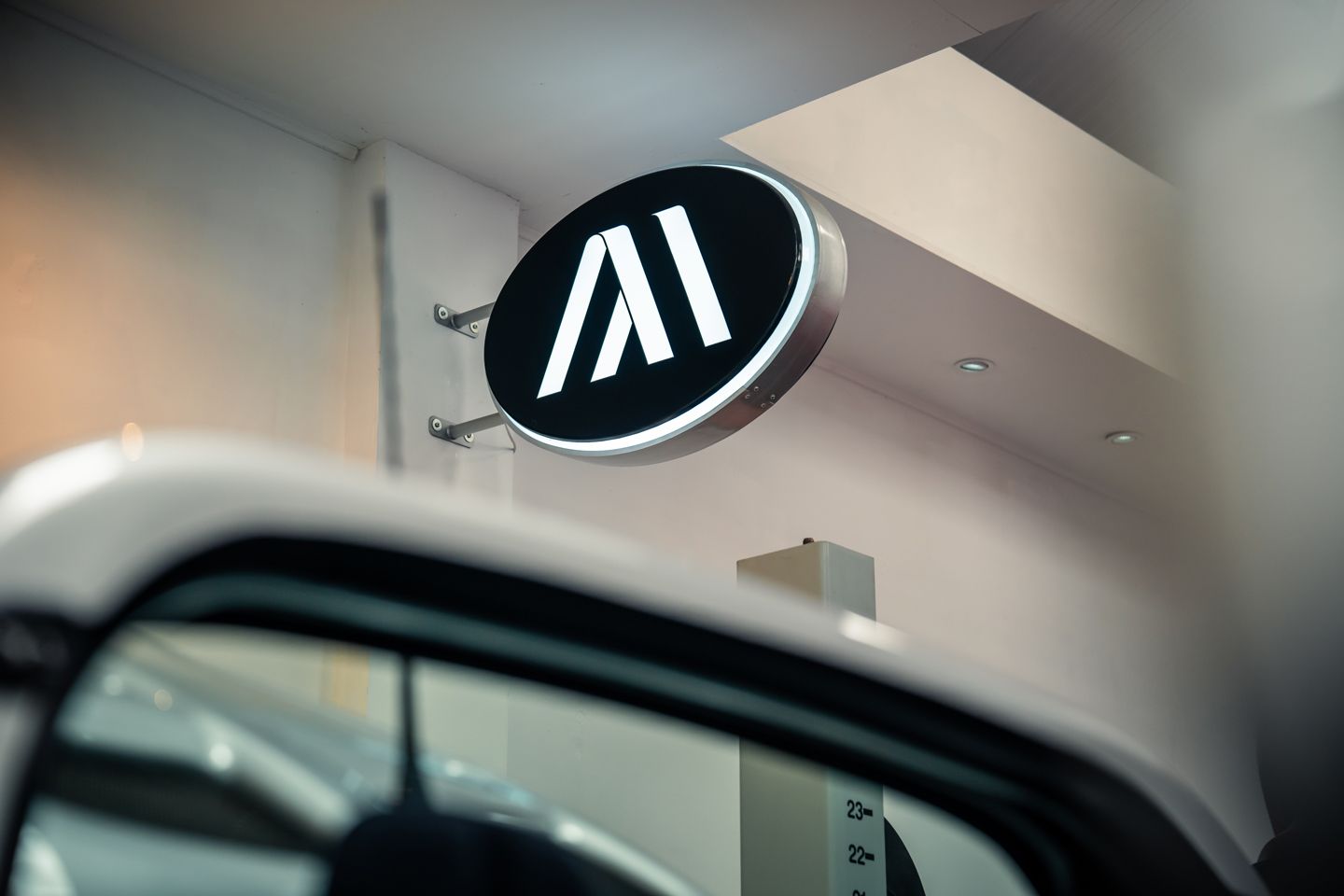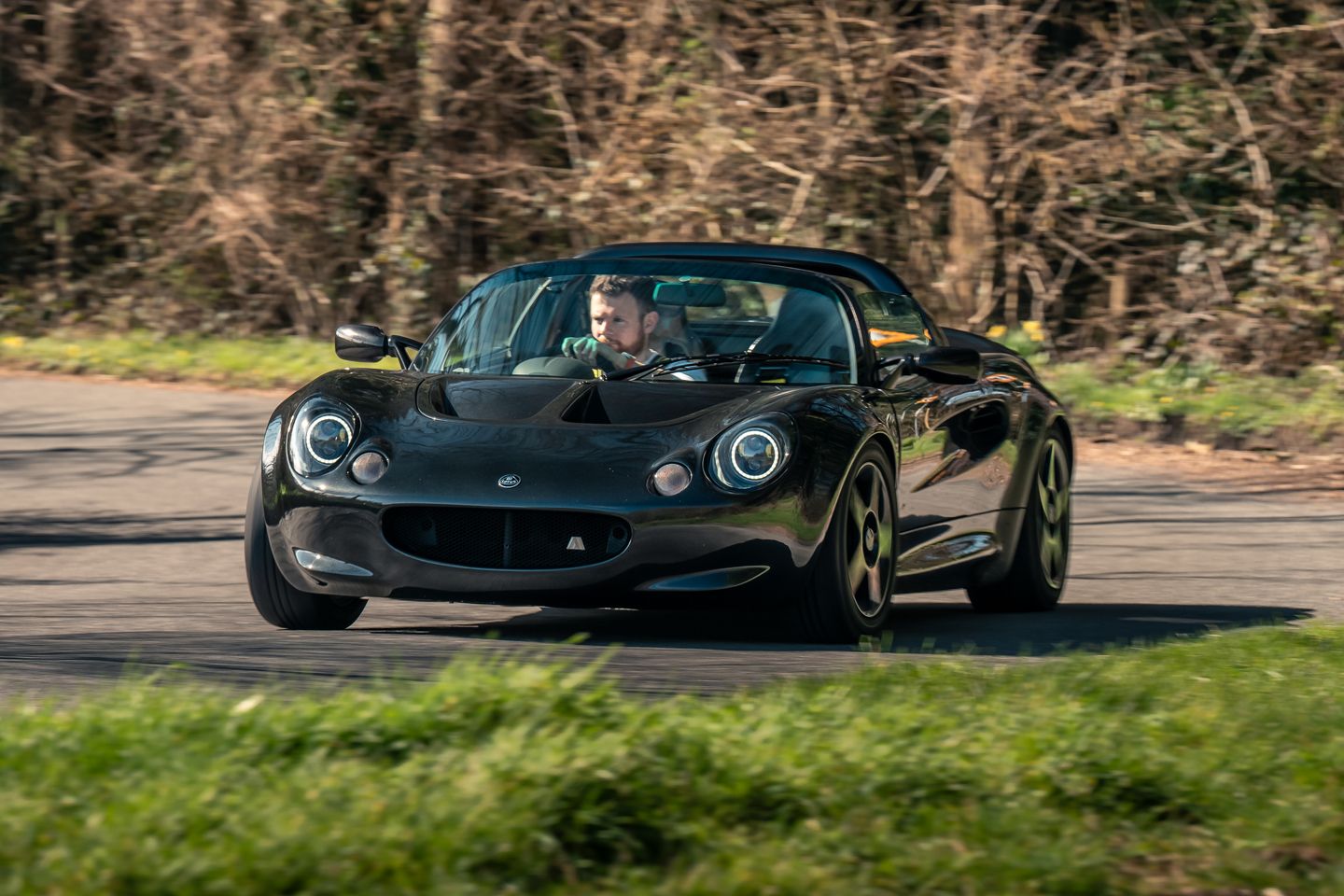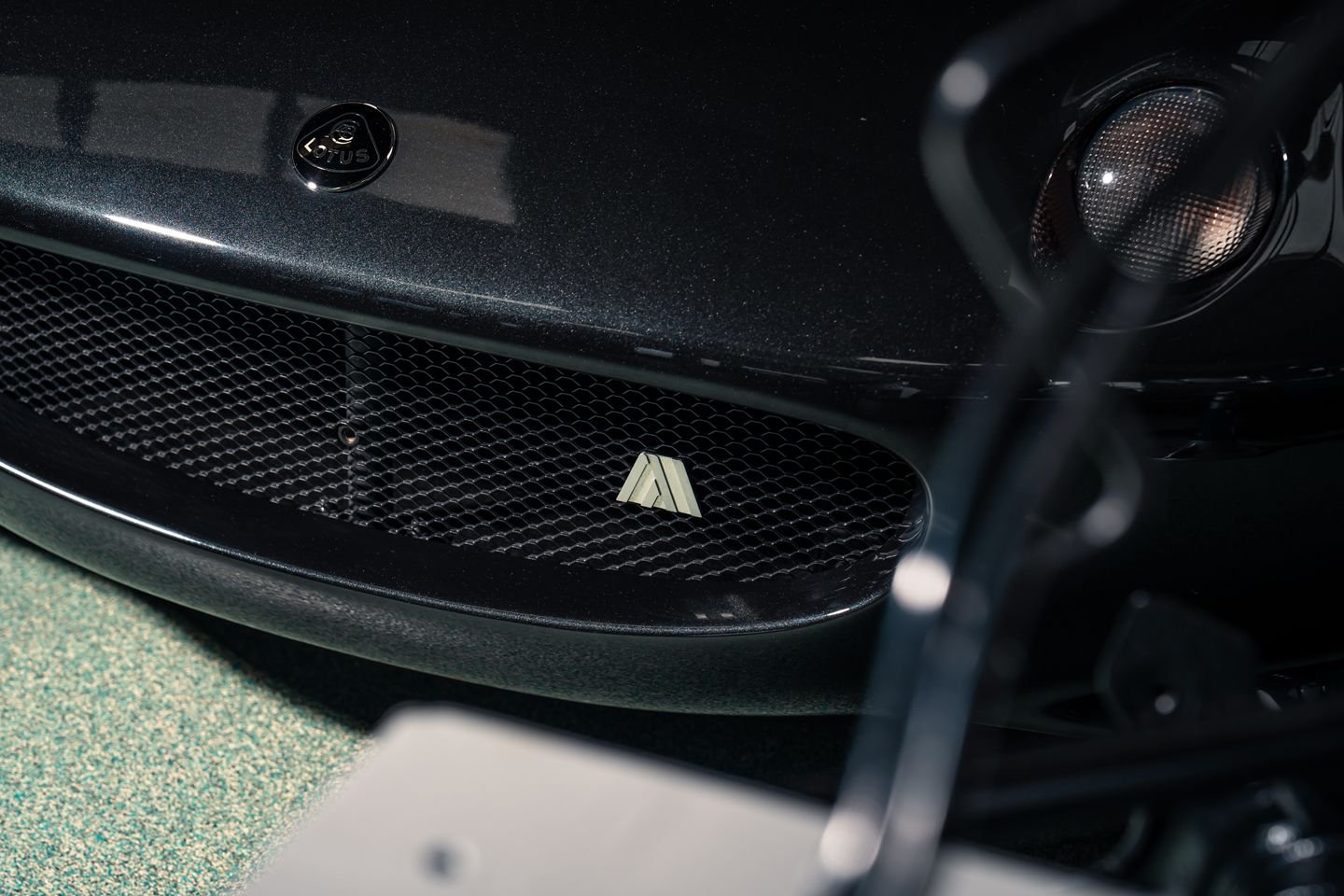Analogue Automotive Supersport | PH Review
The S1 Lotus Elise was already pretty wonderful - turns out it can be made better still

The Elise perhaps isn’t an obvious restomod candidate; it always was (and remains) renowned for its dynamic sophistication and driving pleasure. The little Lotus is the opposite of something that looks timelessly cool but could benefit from modernising underneath. As PH25 proved, there’s still an awful lot to love from behind the wheel of one. So much so, that the founder of Analogue Automotive, Steffen Dobke, doesn’t really like the term restomod for the Supersport; it’s lovingly restored and extensively modified, yes, but the connotations - swapping in a crate V8, putting quilted leather everywhere, making it CarPlay compatible - doesn’t sit very comfortably. So if you have any better ideas…
Of course, what Steffen doesn’t know about Elises isn’t worth knowing. Analogue started as a service and upgrade business in 2012, with the Supersport brainwave originating in lockdown. All previous press coverage has resulted in orders placed, too, so if you do take the plunge let them know it was PH that convinced you to make the call. Interestingly, a less expensive 'Sprint' take on the Elise will follow soon, but for now the Supersport represents the pinnacle of the company’s expertise.
To create one, a donor car is taken back to the bonded aluminium chassis, inspected and repaired where necessary; the rear subframe is redone, increasing rigidity, with fresh corrosion protection throughout. The suspension benefits from new CNC aluminium front hubs, better Nitron Clubsport dampers, a 25mm ride height drop, new bushes, new wishbones, an adjustable anti-roll bar… the one thing Steffen says is most important for ensuring an Elise feels like an Elise (or making an even better one) is keeping the suspension in tip-top working order. Bear in even the youngest S1s are now almost a quarter of a century old and a refresh makes sense. Note here as well how the wider tracked wishbones convince your eye this is a meaner, widebody Elise - when in fact there are no bodywork modifications.


Under the bonnet is where things get really serious for the Supersport, the 1.8 K Series rebuilt with naughtier cams, bigger valves, individual throttle bodies, a carbon airbox and more than 200hp. It’s paired to the five-speed Rover PG1 manual, though that’s also been reassembled with shorter Quaife gears (alongside the Quaife LSD), Motorsport-spec driveshafts and a lighter flywheel. This is way, way more than an Elise with old Peugeot buttons inside replaced and the lights switched around (again making it look that tad bit wider).
On the road, the Superport is immediately and tangibly a more serious Elise. Which sounds disastrous, because the last thing you’d want is a heavy-handed, overly stiff Lotus. But what’s clever is that the additional weight of the controls and sound from behind your ear isn’t at the expense of the car's traditional delicacy: if understandably firmer than standard, it still glides down a road and responds beautifully to the wheel. The engine is a model of good manners despite the modifications; it’s more than happy to bimble around on small throttle openings and not many revs, and certainly isn't the peaky nightmare that might be expected for a relatively small four-cylinder of this specific output. Peak torque of 160lb ft isn’t there until 6,000rpm, but it can do day-to-day docile. The Supersport could be driven slowly and sensibly if you were inclined to bask in the ambience and watch passers-by double-take at the all-black supercar that looks like an Elise.
But nobody, surely, is buying this car to drive slowly, and the genius of Analogue’s work inevitably shines through when trying a bit harder. Partly that’s because it’s quiet; the work invested in rejuvenating the body and suspension means the Supersport is free from any clonks, rattles or squeaks, typically as much a part of the Elise experience as a chunky sill. It feels extremely solid, which is reassuring, and provides the perfect platform for that cleverly optimised suspension to work with. It also means you have complete faith in driving it harder and harder, because it feels anything but fragile. Very impressive given it’s even lighter than standard.


The pinpoint accuracy of the front end can’t be ignored, either. An Elise never felt like it had any slack in its responses but this one is dramatically better, carving its way to an apex with barely believable precision thanks to the wider track (30mm front, 20mm rear), quicker rack and additional camber. It’s immediate, but also trustworthy because every steering input corresponds perfectly to the front axle's output, which apparently has limitless purchase - and as per every Lotus ever, just the right amount of feel reaches your hands. To be more confidence-inspiring and capable than an Elise is quite some achievement; there’s zero delay yet no sense of flightiness, the Supersport completely keyed into the surface. Steffen mentions how he wanted behaviour similar to his bikes, with a locked-on front and a more receptive rear - and this is exactly how it feels.
It does mean a slightly different balance to a regular Elise, but you’ll be having too much fun to care about originality, and anyone after the traditional experience can stick with a standard car. To feel the Supersport brake with such composure and power towards a corner, then be subtly modulated through and out of it with the help of a limited-slip diff, is about as close to driving nirvana as you can get on the public road. There’s no loss of mid-engined agility, and it's more throttle adjustable as well. Where the original Elise earned a bit of a reputation for its on-limit traits, the Supersport couldn’t feel friendlier. While also being faster. Talk about the best of both worlds.
The engine contributes to that speed physically, of course, but also in the surrounding sensation of motorsport-spec quality that courses through the car. It sounds fantastic, gurgling and growling on those throttle bodies, and delivers some proper punch as well. It might not kick in like the Honda swapped projects or later 2ZZ Elises, yet the Supersport really romps along once above 4,500rpm. It rasps its merry tune like a Revival racer to almost 7,500rpm. Again, not even peak power for some very silly Elises, but nobody will get out of a K Series car like this and want for additional speed, a better sound or more theatre. The first overrun boom from the exhaust will scare the heck out of you; the subsequent ones are hilarious. The gearbox feels a world away from the stringy, vague change of some Series 1s, too; it’s tight, direct, weighty and precise. Perhaps there are slightly slicker shifts out there, but it’s a revelation by Lotus standards. The option of super close ratios might be worth getting, to really make the most of the rev-hungry character and just the five speeds. Like the rest of the car, the gearbox is a pleasure to use all the time - but never better than when you're really going for it


It is that sentiment that the Supersport serves up in spades, and more than ever we need reminders that cars are worth all the effort and expense. Everything that the Lotus Elise S1 did well (i.e. a lot), this Analogue Automotive car improves upon. Unsurprisingly, it’s faster and grippier, but it also ramps up the sensation and excitement as well, from the way it sounds to the feel of the steering, the way it looks to the perfect weight of the pedals. It’s an unmitigated joy in any situation, and never more so than on a sunny spring day in Britain. Expectations were undeniably high - the Supersport exceeded them. To the extent that you really wouldn’t swap it for anything else.
As someone who typically prefers Sevens to Elises, a Caterham might seem like the obvious thing, but the appeal seems a bit rudimentary after witnessing the Lotus expertly deconstruct a road. A supercar wouldn’t be as exploitable; the V6 Lotus powertrain isn’t this exciting; and anything heavier would dull the sense of involvement. Seldom has everything we love about driving come together in one fantastic little package.
It’s a lot of money, yes. Cars with more illustrious badges or exotic engines can be bought for less - all the usual caveats apply. But what Automotive Analogue has achieved with the original Elise (and thousands of hours of work) really does seem special. Even the exceptionally fast, really expensive factory Lotuses - think 3-Eleven, Exige 430 - didn’t feel this polished or engage quite this beautifully on the road. Those in the market for a stripped-out supercar for high days and holidays should be encouraged to try the Supersport first. And anyone wanting to bring the best out of their Elise for less than £100,000 really ought to pay Analogue a visit. Start with the suspension and see where you get to...
SPECIFICATION | ANALOGUE AUTOMOTIVE SUPERSPORT
Engine: 1,796cc four-cylinder
Transmission: 5-speed manual, rear-wheel drive, limited slip diff
Power (hp): 213@7,250rpm
Torque (lb ft): 160@5,900rpm
0-62mph: 4.5sec
Top speed: 140mph
Weight: sub-680kg
MPG: N/A
CO2: N/A
Price: From £100,000 plus donor car









produced by
Tesla Motors (now Tesla, Inc.) from 2008 to 2012.
The Roadster was the first highway legal, serial production, all-electric car to use lithium-ion battery cells, and
the first production all-electric car to travel more than
244 miles (393 km) per charge.
Gassing Station | General Gassing | Top of Page | What's New | My Stuff



